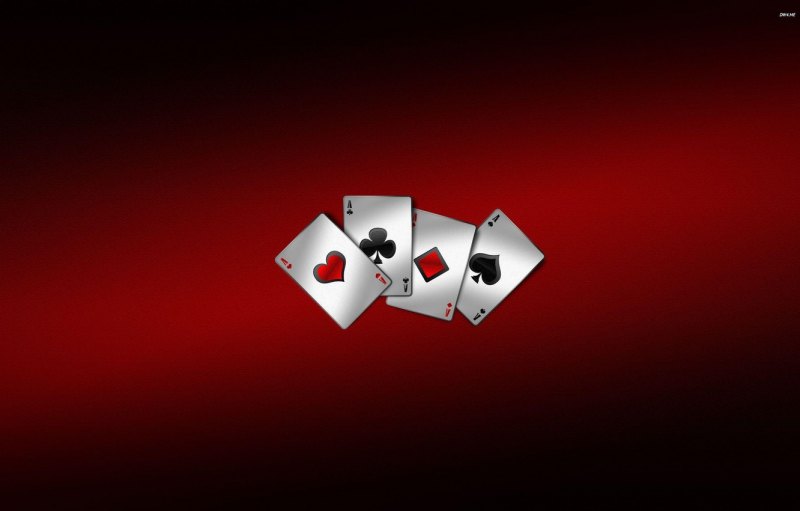Heads-up poker is a thrilling variant of the popular card game that pits two players against each other. Unlike traditional poker games with multiple players at the table, heads-up poker requires a different approach and strategy. In this article, we will discuss some valuable strategies that can help you achieve success in heads-up poker.
Understanding Positional Importance
Position is crucial in heads-up poker as it determines the order in which players act during a hand. The player in the button position has the advantage of acting last, which provides valuable information about their opponent’s potential holdings. As the button rotates after each hand, it is essential to capitalize on your position when you have it.
When in position, you should consider widening your range and playing more hands. This can put pressure on your opponent, forcing them to make decisions without complete information. Conversely, when out of position, it is advisable to play tight and cautious, focusing on high-quality hands. Understanding positional importance is key to successful heads-up poker.
Adapting to Your Opponent
Heads-up poker requires constant adaptation to your opponent’s playing style. Observe their tendencies and adjust your strategy accordingly. If your opponent is aggressive, try to play more hands in position and exploit their over-aggressiveness. On the other hand, if your opponent is passive, take the initiative by bluffing and putting pressure on them.
Take note of your opponent’s betting patterns and hand ranges. If they are consistently betting aggressively, they may have a strong hand. If they suddenly start betting more cautiously, they could be holding a weaker hand. Analyzing your opponent’s behavior will help you make informed decisions and gain an edge in heads-up poker.
Mastering Bluffing and Semi-Bluffing
Bluffing is an essential component of any poker game, and heads-up poker is no exception. Knowing when and how to bluff effectively can be a game-changer. Bluffing should be used selectively but confidently. If you successfully portray a strong hand when you are actually weak, you can induce your opponent to fold, netting you the pot.
In addition to bluffing, semi-bluffing is a powerful strategy to employ in heads-up poker. A semi-bluff involves betting or raising with a drawing hand, hoping to improve it on subsequent streets. This provides two possible ways to win: your opponent may fold, or you may complete your drawing hand, giving you the winning hand. Mastering the art of bluffing and semi-bluffing is crucial for success in heads-up poker.
Managing Your Bankroll
Bankroll management is a critical aspect of poker, ensuring that you have an appropriate amount of money to sustain your play. In heads-up poker, variance can be higher due to the nature of the game, so it becomes even more crucial to manage your bankroll effectively.
Set limits on how much you are willing to risk and play within your means. Do not let a series of losses affect your judgment or force you to go beyond your bankroll limits. Sticking to a proper bankroll management strategy will help you stay focused and prevent unnecessary financial stress.
Conclusion
Heads-up poker can be an exhilarating experience for players seeking intense competition and strategic thinking. Understanding positional importance, adapting to your opponent’s style, mastering bluffing and semi-bluffing, and managing your bankroll are key strategies for success. Implementing these strategies with precision and consistency will improve your chances of achieving success in the thrilling world of heads-up poker.

